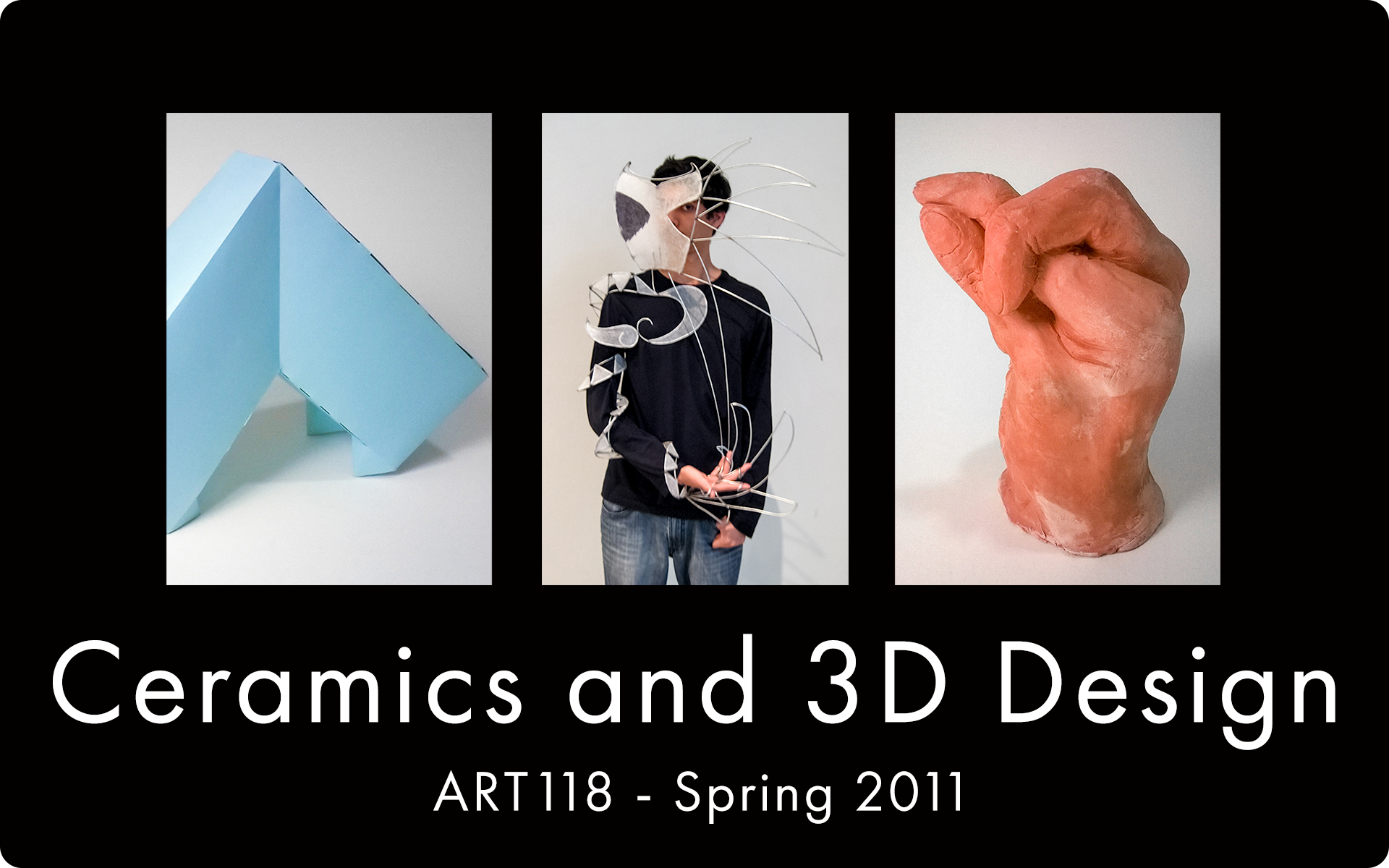Photography - Spring 2011
Taught by Associate Professor, Darrell Kincer, this course was an introduction to the basics of photography, some of which included portraits, different apertures and shutter speeds, camera obscura, self-portraits, mordançage, and film inside a Holga camera.
Camera Obscura
Our first lesson was to understand the basic principle of photography and its origin: camera obscura. There was a room in the art building that functioned as a camera obscura, and its effects could be seen after your eyes adjusted for a minute. This effect also occurs in DSLR cameras, which is reversed by the internal mirror.
Sources of Light
Our first project felt with various sources of light to achieve different portraits. With the cooperation of my roommate, Shakir Mackey, I was able to photograph four configurations of light. The first was backlighting, which virtually creates a silhouette with light. The second was direct and bounce lighting, which is achieved from direct sunlight through a window and bouncing some light off a white textbook to illuminate his cheek. The third was reflected lighting, which only consists of light bouncing throughout a hallway. The final was indirect lighting, which is a natural bounce of direct lighting.
Basic Techniques
After our introduction to light, we then proceeded with various camera settings to achieve different effects. The first technique I used was a small depth-of-field with a large aperture setting on one of our campus's squirrels. The second technique was a large depth-of-field with a small aperture setting at the Keeneland Horse Park. The third technique was a fast shutter speed to capture a still image of a moving flag. The final technique was a long shutter speed to capture as much light of the campus library at night.
Personality
Once we were familiar with lighting and camera settings, we then worked on a project that captured certain "personality" in our subjects. The first "personality" was "quiet," which I used a lonely and round jar to convey solitude. The second "personality" was "dark," which I used a withered plant leaf to convey a brooding theme. The third "personality" was "heavy," which I used the congested sculpture on our campus to convey a chaotic atmosphere. The final "personality" was "hard," which I used water pipes that carried a soft substance.
Architecture
For this project, we were given free reign over photographing any form of architecture in any style we desired. While walking through downtown, I found attraction towards buildings with an element of symmetry on or around them. I also worked with black and white photos and sharp contrast, which ultimately became a style that remains in my work nowadays.
Self-Portrait
This was a challenging and unique project, because we had to photograph ourselves in a manner that we believed to be our real personalities. This style of photography reveals inner personality as well as outer personality, which is a complex subject to explain. Through this project, I was able to realize my love for negative space as a subject in my future work.
Mordançage
The technique of mordançage involves light-sensitive material and chemicals to achieve various effects with the same subjects. This process works well with organic subjects because of the fluidity that is produced, but I chose to work with ridged and geometric subjects like this Egyptian dollar. I processed duplicates of each segment, but I changed the amount of chemicals to show off the differences that mordançage can achieve.
Holga
We each bought a small $30 plastic camera for this project, which is titularly named the same as the camera. The Holga is a simple camera that requires us to manually load a roll of film in the housing, to which we would later develop into negatives. The camera had almost no settings to adjust, and obviously had no display to view if our photos were exposed correctly or not. It was a great exercise to discover how older photographers had to experiment with lighting and camera settings without knowing if the film is good or bad. Also, the film took wide-screen photos that almost seemed panoramic.







































